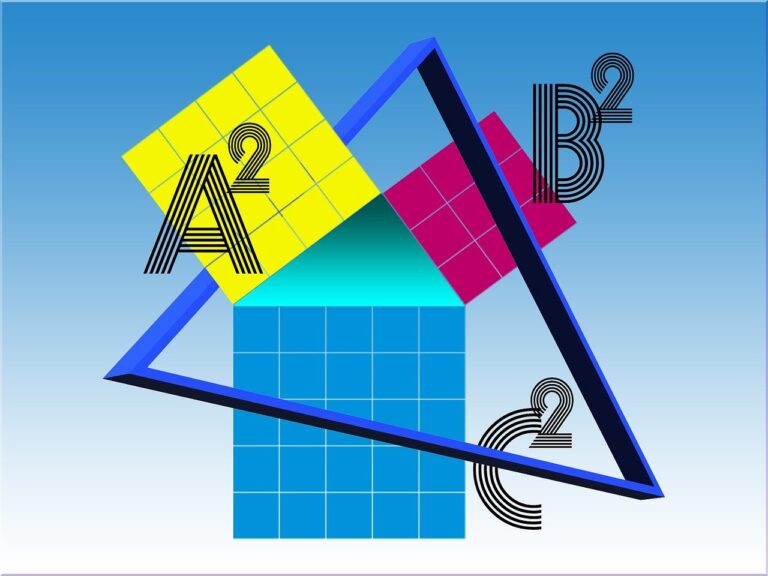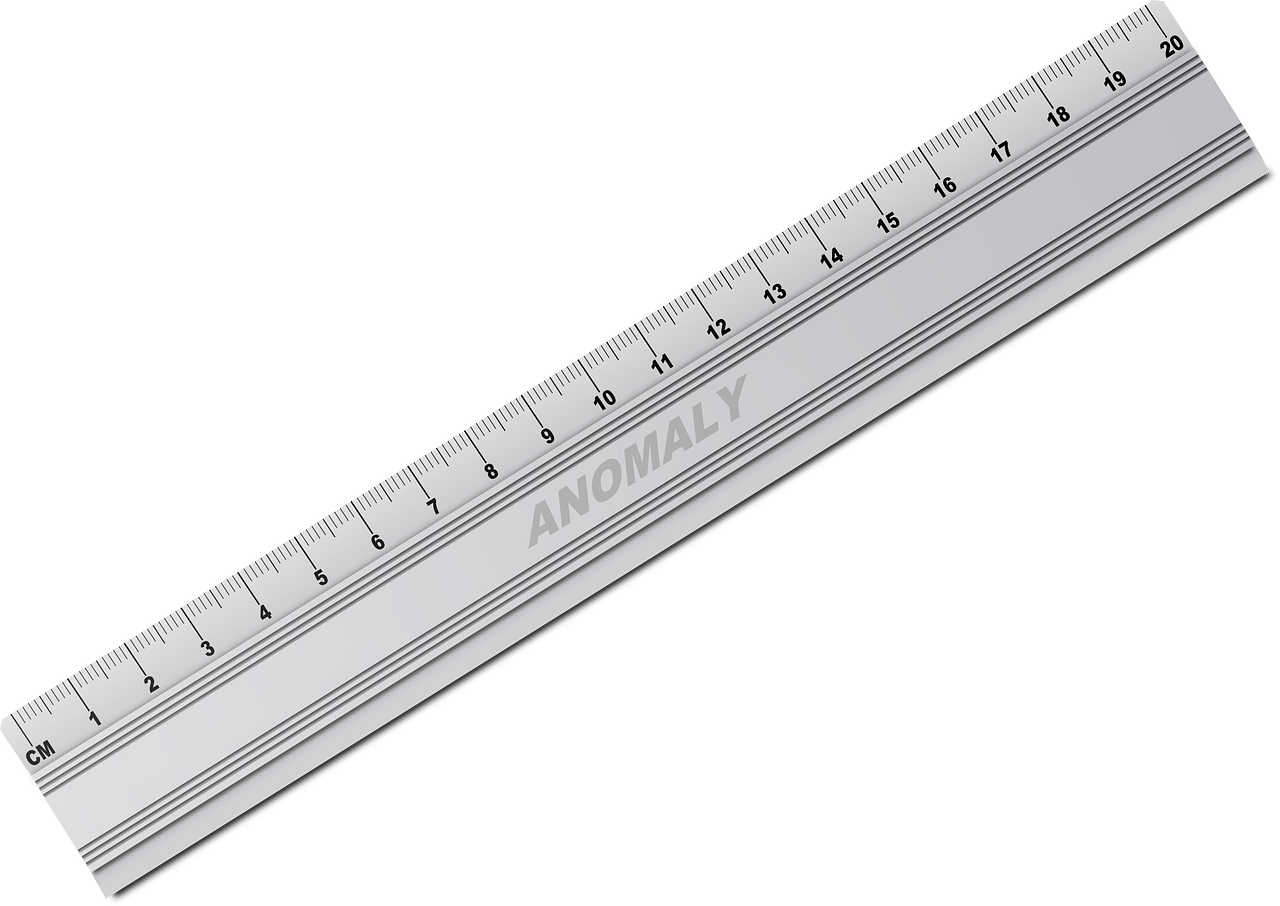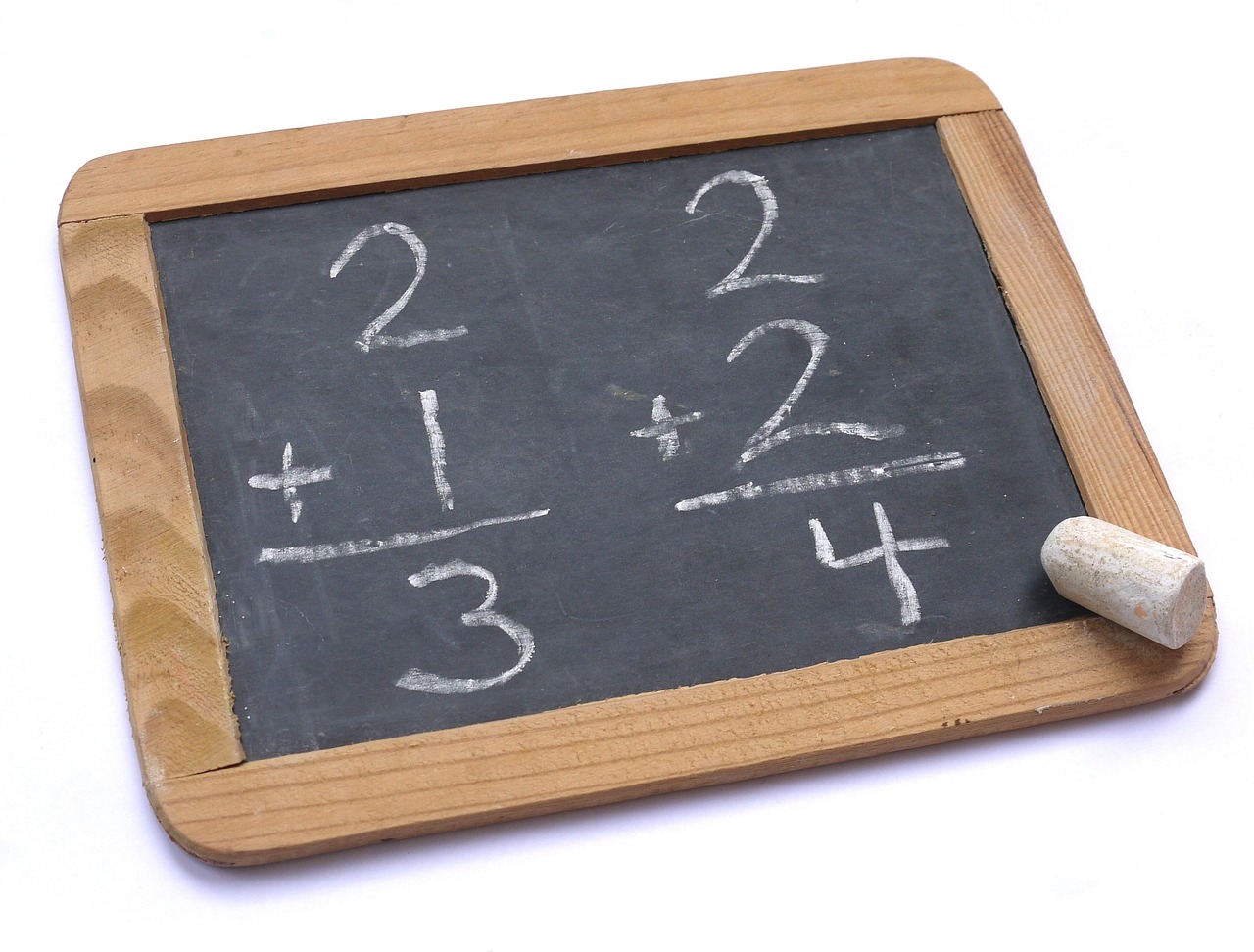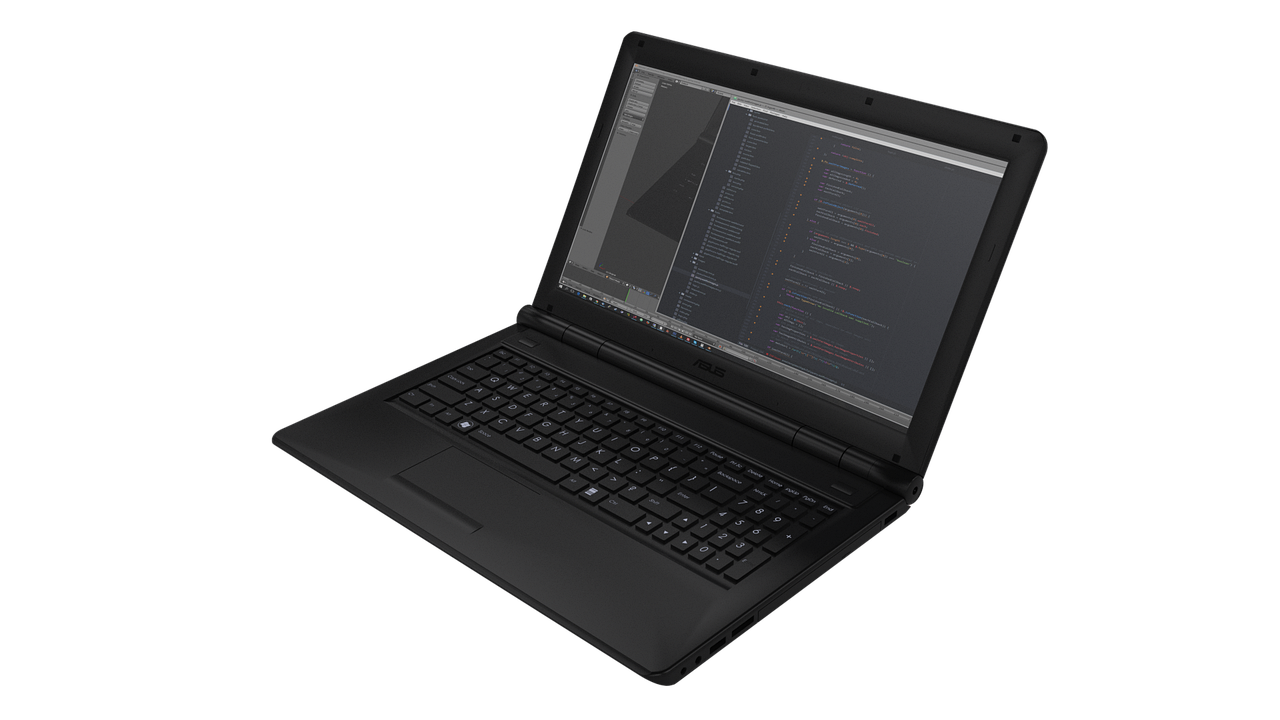Class: Primary 4
Subject: Mathematics
Term: Third Term
Week: 4
Topic: Angles – Identification of Right, Acute, and Obtuse Angles in Plane Shapes
Duration: 1 Hour
A. Lesson Objectives
By the end of the lesson, pupils should be able to:
Define an angle.
Identify and describe different types of angles: right, acute, and obtuse.
Identify these angles in plane shapes.
Draw and label right, acute, and obtuse angles.
B. Instructional Materials
Protractor (for teacher demonstration)
Cardboard cut-outs of plane shapes (triangle, square, rectangle, etc.)
Angle flashcards
Ruler and pencils
Chart showing types of angles
Whiteboard or chalkboard
C. Lesson Content
1. Meaning of Angle
An angle is formed when two straight lines meet at a point.
The point where they meet is called the vertex, and the two lines are called arms of the angle.
2. Types of Angles
| Angle Type | Description | Size in Degrees | Example |
|---|---|---|---|
| Right Angle | An angle that forms a perfect “L” shape. | Exactly 90° | Corner of a square |
| Acute Angle | An angle that is less than 90°. | Less than 90° | Tip of a narrow triangle |
| Obtuse Angle | An angle that is more than 90° but less than 180°. | Between 90° and 180° | Open book corner |
3. How to Identify Angles in Shapes
Square: All 4 angles are right angles.
Rectangle: All 4 angles are right angles.
Equilateral Triangle: All angles are acute angles.
Scalene or obtuse triangle: May contain one obtuse angle.
Kite or trapezium: Can contain acute and obtuse angles.
4. Drawing the Angles
Right Angle – Use a corner of a book or draw an “L”.
Acute Angle – Draw an angle that is sharp and narrow.
Obtuse Angle – Draw an angle that opens wider than a right angle.
5. Real-Life Examples
| Angle Type | Example |
|---|---|
| Right Angle | Corner of a book, room, or paper |
| Acute Angle | Sharp corners of some road signs |
| Obtuse Angle | Hands of a clock at 10:10 |
D. Class Activities
Use paper shapes to identify and label different angles.
Pupils use rulers to draw their own examples of each angle.
Angle identification game using flashcards and classroom objects.
Find and name angles in classroom shapes (doors, windows, books, etc.).
E. Evaluation
What is an angle?
What is the size of a right angle?
Which type of angle is smaller than a right angle?
Which angle is bigger than a right angle but less than a straight line?
Draw and label:
a. A right angle
b. An acute angle
c. An obtuse angle
F. Assignment
Draw and label 3 real-life objects that show each type of angle (acute, right, and obtuse).
Identify and list 3 angles you can find at home or on your way to school.
G. Conclusion
An angle is formed when two lines meet at a point.
Right angles are 90°, acute angles are less than 90°, and obtuse angles are more than 90°.
We can find angles everywhere in real-life and in shapes around us.






